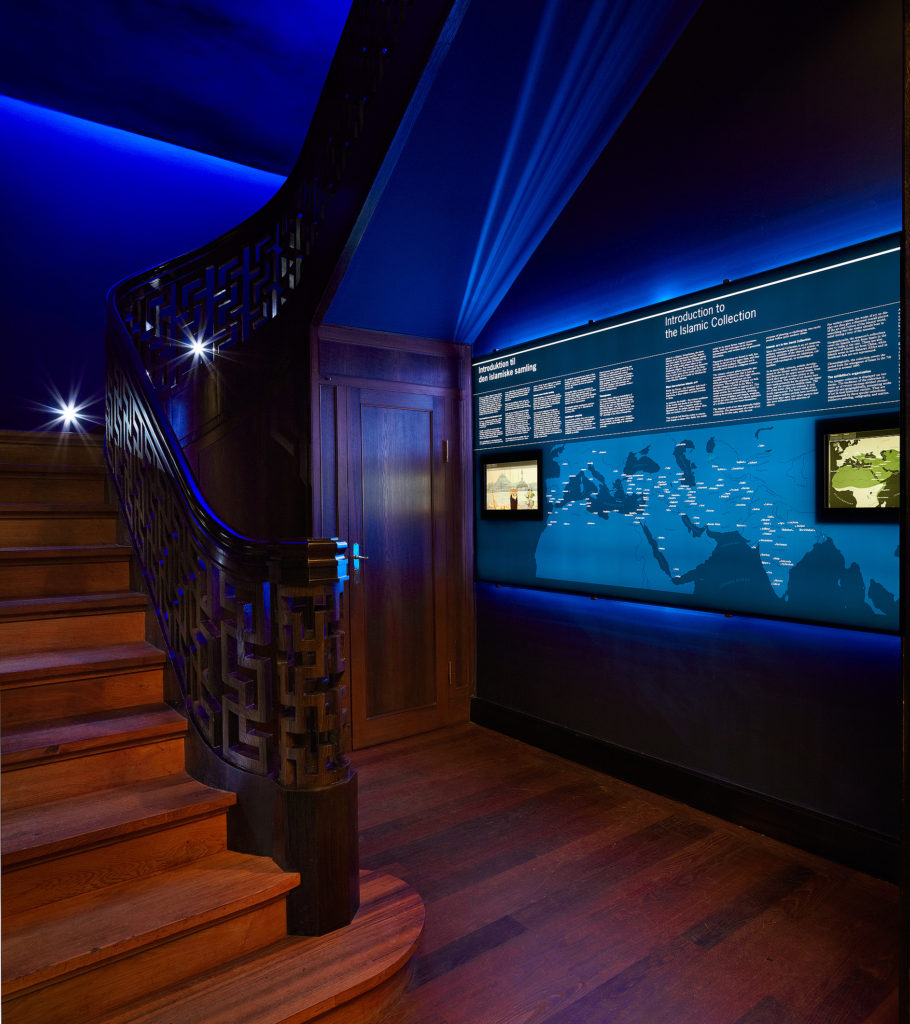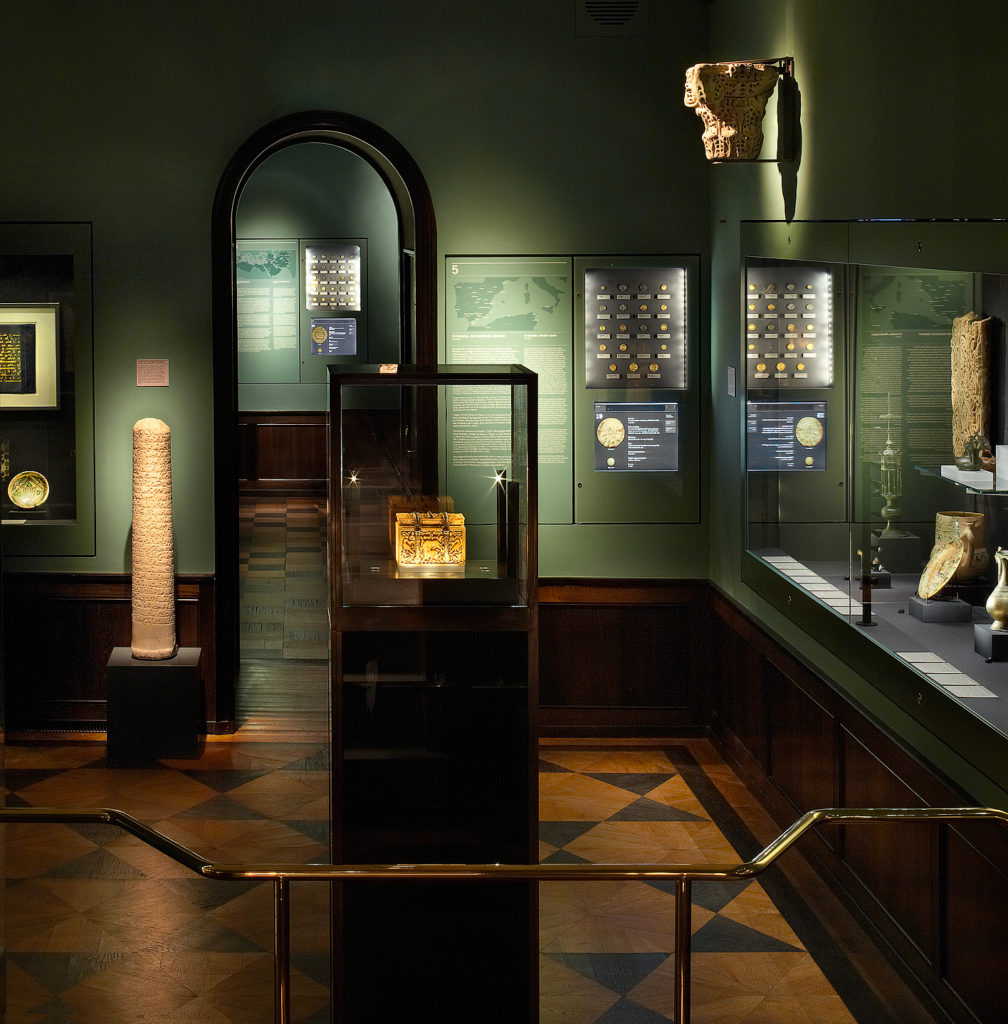The David Collection: A mix of art, history and religion discourse.
By Karen Ayerve Astudillo and Pil Qvist Østergaard
We arrived at The David Collection in Copenhagen with expectations on learning about and discovering art in the Islamic world. However, when talking about Islam, it is almost inevitable to think of other discussions more related to religion, rather than with art.
Daniela, one of the Museum’s curators, guided our tour. Shortly after, as we forecasted, the first comments regarding religion rose. Daniela told us it was quite usual to have school classes from different ages and backgrounds as visitors. “Could you please stop speaking in Arabic? It’s scary”, one of the young pupils said to her one day.
As we were moving further, Daniela also mentioned that other kids seemed to be surprised that she didn’t speak negatively about Islam while not being Muslim herself.
Despite being surrounded by many beautiful pieces of art, from this moment, we could not help pondering about how Islam is perceived in today’s society. It was also very curious to hear that such commentaries had been made by children as they are known to speak the truth and to mirror the current thoughts in the society. Judging by Daniela’s stories, it is easy to assume that this perception tends to be negative. But this story is not new to us. There can be a fairly negative tone towards Islam in the western world and this is peculiar because Islam and Christianity have existed and co-existed for centuries.

The David Collection as a Contact Zone
As you may know, throughout history, co-existence between people of different religious beliefs has occurred in numerous places. To name a good example of it, we can recall the map that was displayed at the beginning of the exhibition in which all the countries where Islam has been dominant or still is were highlighted. Here you got a sense of how intertwined religion and culture has been and still is. It was especially interesting to consider Spain as a historical contact zone (following Mary Louise Pratt, 1991). In Spain three cultures – Muslim, Christian and Jewish – co-existed and enriched each other during the Middle Ages.

Back in our time, it is fascinating to think about contemporary difficulties of making room for the coexistence of religions when they have been living side by side for hundreds of years. And as we mentioned before, the children’s comments not only reflect complex issues in our society but also put Islam as religion in the spotlight.
The David Collection as a museum, which displays Islamic artwork, is only one piece in a greater puzzle that forms the Danish cultural sphere. As mentioned above, in the media there tends to be a fairly single-storied perspective of the Muslim world – but here we were looking at another perspective, the art work. It was fascinating to see how beautiful it is and to think about how skilled and creative the people, who made it, were. So during our tour at The David Collection, we were viewing the Muslim world from a new perspective. It was very refreshing to focus on other stories of the Muslim world – stories that can be hard to find elsewhere in the public arena.
Reference:
Pratt, Mary Louise (1991) Arts of the contact zone. Profession: 33–40.